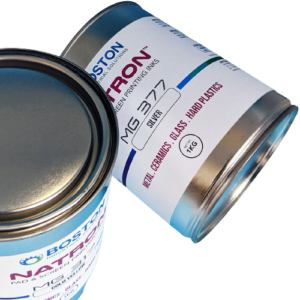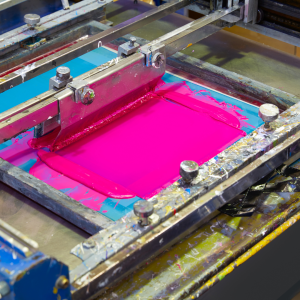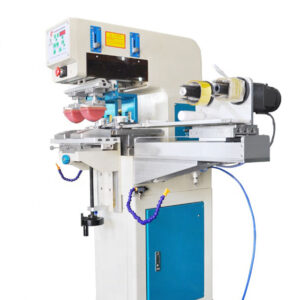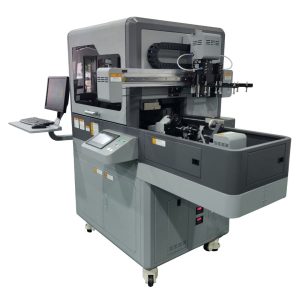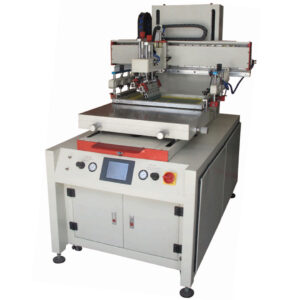Great silicone inks
Finding great printing ink for silicone rubber products (e.g. silicone bracelets, swim-caps, medical tubing, etc.) has been challenging. Part of this is because silicone inks have been limited in today’s market. In addition, the available inks have been poorly formulated. In this article we’ll give you tips on how to handle silicone inks.
Silicone inks can be pad printed, screen printed, or sprayed. We’ll save the latter another day.
Solvent pad and screen printing are air or heat cured. UV pad and screen printing inks cure using UV light. Silicone inks which are very different cure using air or heat. But what are silicones?
According to meguiarsonline, Silicones, or polysiloxanes, are inorganic synthetic polymers consisting of a silicon-oxygen backbone that can be composed into a wide variety of materials. They can vary in consistency from liquid to gel to rubber to hard plastic. The most common type is linear polydimethylsiloxane (PDMS)
Printing with silicone inks
Silicone inks can be screen or pad printed. Unlike solvent based inks which release from a silicone pad, silicone ink residue will be left on the pad. This is because silicone sticks to silicone. However, if you use our DC™ Silicone inks over time the ink will dry in 6 hours and cure onto the product within 72hrs. The SE silicone ink line on the other hand require heat to dry and cure.
Pad printing with silicone ink
When pad printing with silicone inks, we recommend that you select the smallest possible pad for your image. This is key because it will affect your production speed. Solvent inks will almost always release from the silicone printing pad. Unlike solvent based inks, silicone inks will not 100% release from the printing pad. As a result, decorators/ printers will need to clean the printing pad every three to five minutes.
To clean a silicone pad, use a lint-free paper towel/cloth or tape. If you are using a tape, the pad off with sticky packing tape. This will remove the ink from the pad. Depending on your budget, we recommend that you invest on pad printing machines equipped with a cleaning station. These machines have a program to print onto the tape. As the machine prints on the tape the pad gets cleaned. A machine like this will increase productivity.
While our silicone inks are very opaque, we recommend the printing plate to be at minimum .0016″ deep. This will give you the best ink lay down.
Screen printing with silicone ink
Screen printing is an ideal method to print on silicone products. This is because more ink is pushed into the screen giving you perfect opacity compared to pad printing. With screen printing opacity is never an issue. In addition, you can never overprint with screen printing which can happen in pad printing. Overprint is defined as printing additional matter on surface already being printed.
Why should you screen or pad print with Natron™ Silicone inks?
Boston Industrial Solutions silicone ink lines (SE™ & DC™) are superior to any silicone ink in the market today. Both ink lines are two component system. Component “A” (a.k.a. the base) is the ink and component “B” (a.k.a. the catalyst). To use the ink, you need the 5% of the catalyst.
Our inks are very easy to use. They have perfect viscosity, opaque and give you up to 14 hours from the moment you mix them to print. You may refrigerate the inks to prolong the pot life up to 24 hours.
SE silicone ink is very safe. The ink has both CPSIA & Canadian toy regulation certifications. Both the SE & DC silicone inks come in 21 standard colors. If you find a color that is not in our color chart, let us know and we’ll match it for you. We also offer a color formulation calculator for color matching. This is important if you want to color match in-house. Lastly, we have the best chemists and technicians ready to answer any question you may have. We also have a free testing lab. If you are not sure whether your product is silicone, send it to us. We’ll test it for you for free. Our goal is to help you be successful printing onto any silicone.


